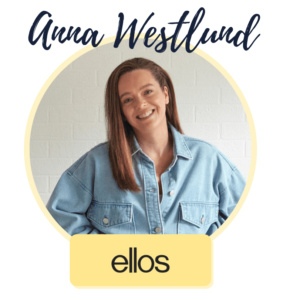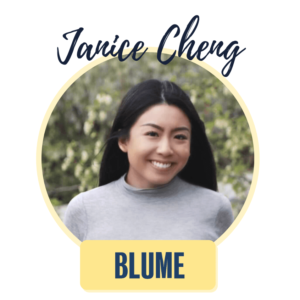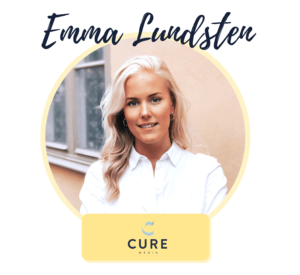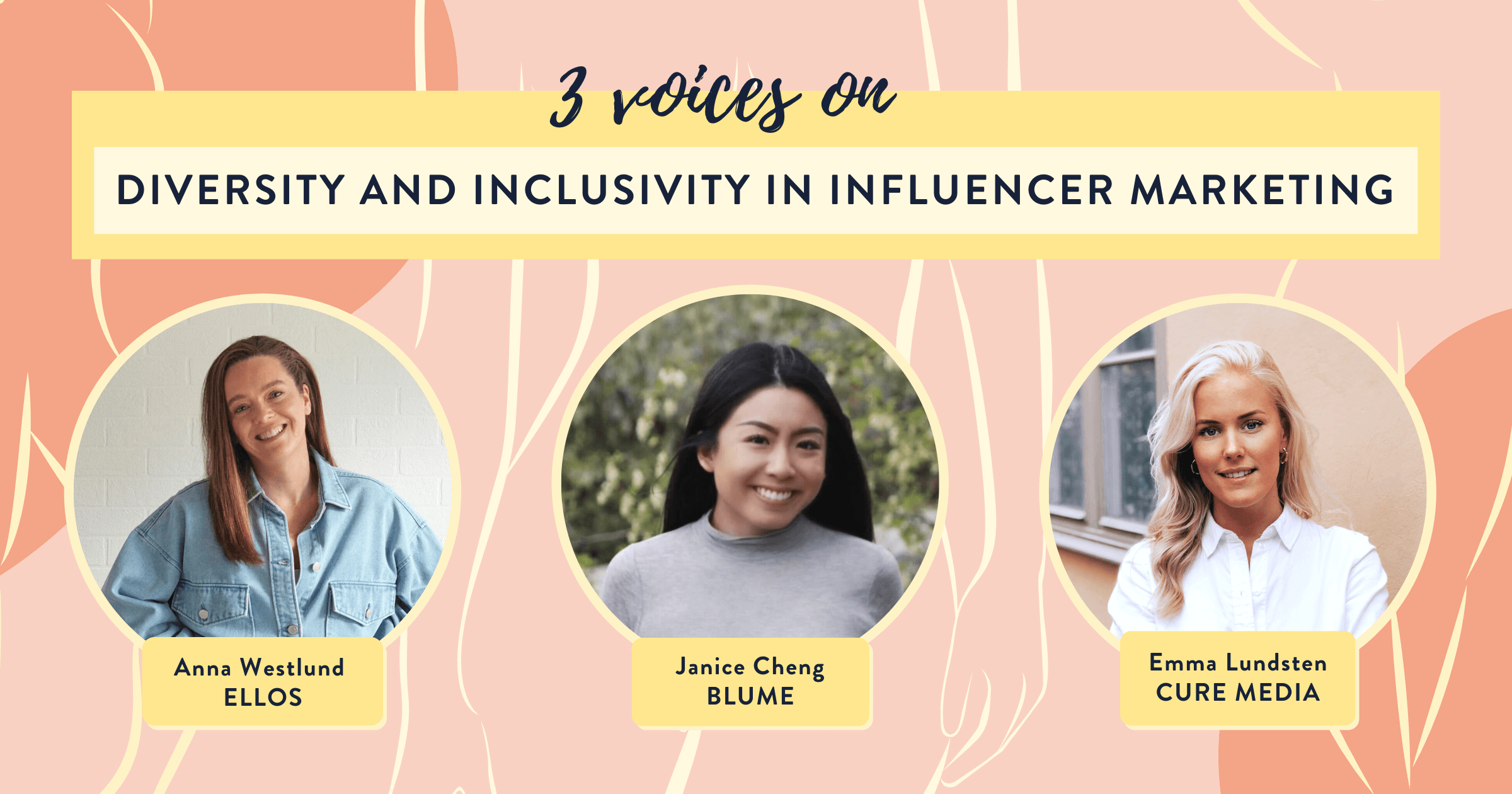Today’s consumers are demanding more from brands in terms of diversity and inclusion. As a response to this, and to the ongoing global social reckoning, we’ve seen a clear shift with more and more brands taking accountability for a lack of diversity and inclusivity in influencer marketing.
The case for diverse and inclusive influencer marketing is clear: 57% of both Gen Z and millennials agree that influencers should use their platforms to address social issues and activism, and 75% of Gen Z consumers say they will boycott brands that discriminate against race and sexuality in their advertising, according to a recent McKinsey study. So what can brands do to ensure these expectations are reflected in their influencer marketing strategy?
We asked two brands that we think offer great examples of inclusivity in influencer marketing, to share their experiences and speak about the importance of diversity within this channel. We also talked to our own Head of Operations to tap into what she thinks is important for brands to consider.

Anna Westlund, Creative Director at Ellos, on diversity in influencer marketing
1. In your opinion, why is diverse and inclusive influencer marketing important?
Diversity and inclusion are very important in society and we believe this should be reflected in corporations’ actions and communications, including influencer marketing. It’s important from a wide range of perspectives – ethically as we want to help build a culture where inclusion and diversity are guaranteed, and strategically as we believe this supports us in building sustainable and long-term sales growth.
2. How do you at Ellos approach diversity with social media and influencer marketing?
Ellos often includes more than one model in single campaigns – one campaign is usually fronted by two or more different types of bodies, ages and/or skin colours. We ensure diversity in our product images by constantly challenging the modelling agencies we use and by casting models from our customers through our own initiative Faces of Ellos. This mindset is constant through all our communication and marketing work, and we always strive for diversity and inclusion in all our channels, including social media and influencer marketing.
View this post on Instagram
3. What would you say brands can do to be more inclusive today?
For us the first step was to decide on our communication strategy – inclusion and diversity became a major part of our strategy a couple of years ago. We realised what responsibility we as a company have within the fashion industry and society, and what positive effects we would gain from taking on that responsibility. The second step was to create awareness, but also to take a step back and continuously evaluate what we do and what we have to do better, for example taking on more and new perspectives. The third step is to actually start doing. Start asking for a more diverse portfolio of models, of influencers and brand ambassadors. Start working with people with different perspectives – the more we do this, the better we’ll get.

Janice Cheng, Brand Manager at Blume, on diversity in influencer marketing
1. In your opinion, why is diverse and inclusive influencer marketing important?
If it’s important to you and your brand, it has to translate into your influencer strategies. I value inclusivity as a non-negotiable and diversity as integral. The amazing thing about working with influencers or content creators is being able to reflect your real community through them. This will also open you up to more people of different interests, niches, and communities! What’s better than that?
2. How do you at Blume approach diversity with social media and influencer marketing?
It’s something we stand by wholeheartedly, internally and externally in all that we do. It’s particularly important in social and influencer work, because it’s our chance to represent all skin types in a *positive* way and celebrate real skin – something we never saw in traditional media or skin care ads. We’re actively growing and nurturing our community including a range of all skin types: acne, scars, freckles, birthmarks and pores of all sizes. As a skin care brand, we don’t minimise our influencer partners to their skin type; someone’s acne scars aren’t their whole personality. We love getting to know each person: what they’re into, trends of all sorts, new Starbucks orders, their dog pics, all of it! Beyond our products, our goal is to help the next generation be their best naturally brave selves. This can’t be achieved without diversity and inclusivity as key pillars.
We get a lot of tags on Instagram every day, so when we repost any on our main @blume account, we make sure that our feed continues to reflect our whole community. Not only is this prioritised in Blume’s influencer outreach, but in *all* of the marketing campaigns we do.
View this post on Instagram
3. What would you say brands can do to be more inclusive today?
Every brand can do more to be inclusive. I think that’s important to acknowledge! We all have work to do, no matter what our product or service is.
- The people behind the brands should get educated on things happening around the world (listen to their real community: DMs, customer reviews, feedback)
- Learn about the inequalities creators have faced in the past due to lack of inclusivity (so you can amplify more voices, speak to concerns of your audience)
- Have a diverse and inclusive team internally (to build that out for the brand externally)

Emma Lundsten, Head of Operations & Customer Success at Cure Media
What would you say is important for brands to consider when it comes to diversity and inclusion in influencer marketing?
That it’s a must, I would say. It’s important both for society and for today’s consumers – they require brands to take a stand when it comes to diversity and inclusion. Your social media presence is your brand’s storefront, and therefore it has to reflect what your brand stands for. Today’s consumers want brands to be real and authentic and it’s not enough to just check the diversity box.
When it comes to influencer marketing specifically, brands should have the same strategy as always, i.e. choosing influencers based on their followers’ data and the brand fit – but at the same time, making sure they’re representing not just one type of human or body type. In order for your audience to relate to your story, you need to make sure your marketing reflects all of them, not just a few.
What’s the biggest challenge?
Sadly, I would say that part of the challenge lies in the lack of diverse representation on social media. In the UK, for example, researchers found that just 9% of influencers came from BAME backgrounds. In order to progress and effect real and meaningful change, we have to acknowledge that influencer marketing has historically prioritised space for white, female influencers who reflect an outdated notion of the physical ideal. While we are at last(!) beginning to see movement here, it’s still a fact that we must work to confront.
At Cure Media, we’re doing our utmost to find influencers that have both the right audience data, and who resonate well with the brands we’re working with, while at the same time, ensuring we reflect different types of people. And if you ask me this question in a year or so, I hope my answer will be that there is no big challenge associated with diversity and inclusivity in influencer marketing. Until then though, we all need to stay open minded, changing and adapting as we learn, to create a truly representative society and influencer marketing scene.


